Ever noticed that tiny metal clasp hiding on your dress, bra, or trousers? That’s the humble hook and eye fastener — small, but mighty. It has held garments together for over 400 years, quietly ensuring your outfit stays in place. Despite its size, it’s a clever example of old-school engineering that still thrives in modern fashion.
Table Of Contents
- Hook and Eye Fastener
- A Brief History
- Types of Hook and Eye Fasteners
- How Does a Hook and Eye Fastener Work?
- Traditional Uses of Hook and Eye Fasteners
- Modern Applications in Today’s Fashion and Accessories
- Advantages of Hook and Eye Fasteners
- Sustainability and Future Innovations
- Maintenance Tips for Hook and Eye Fasteners
- Conclusion
- FAQs
Hook and Eye Fastener
A hook and eye fastener is a two-part closure system. One side features a small metal hook, and the other, a loop or eye. When the hook slips into the eye, the two sides of a garment or accessory are securely joined.
These fasteners are usuall y made from stainless steel, brass, or coated metal, depending on the garment type. In high-end couture or lingerie, designers may even use nylon-coated or color-matched versions for aest hetics and durability.
- Average size: 1 cm to 3 cm in length.
- Typical tensile strength: up to 5 kg of pull resistance (yes, it’s stronger than it looks!).
- Most used in waistbands, bras, corsets, trousers, and dresses.
A Brief History
The hook and eye fastener dates back to the 14th century, when it was originally hand-forged by metalworkers for use in corsets and bodices. It gained massive popularity during the Victorian era, when women’s fashion demanded tight-fitting garments and concealed closures.
By the early 20th century, it became mass-produced and standardized, appearing in men’s trousers, skirts, and coats. Even in the 1950s, before zippers ruled, about 60% of women’s clothing featured s ome form of hook-and-eye closure.
Types of Hook and Eye Fasteners
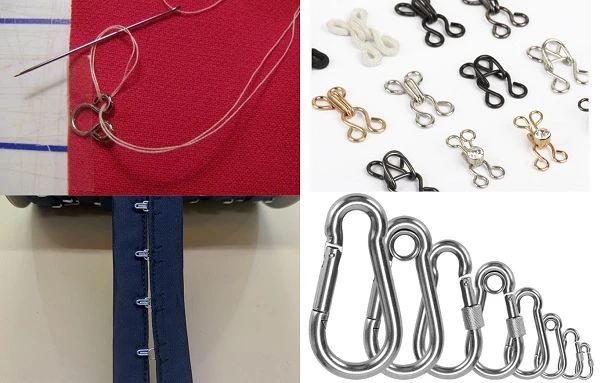
Let’s break down the common types found across garments and accessories.
1. Sew-On Hook and Eye
- The classic type — stitched directly to fabric.
- Found in skirts, trousers, bras, and gowns.
- Offers flexibility and can be replaced easily.
2. Concealed Hook and Eye
- Hidden under a fabric flap or seam for a cleaner look.
- Common in bridal wear and formal dresses.
3. Tape Hook and Eye
- Pre-attached to a fabric strip for easy sewing.
- Often used in lingerie or bodices to allow multiple adjustment levels.
4. Snap Hook and Eye
- A modern version with an interlocking mechanism.
- Used in sportswear, babywear, and fashion accessories for faster fastening.
How Does a Hook and Eye Fastener Work?
Mechanically, it’s a simple tension-loc k system. When the hook catches the eye, the tension of the fabric holds both parts together. Unlike buttons or zippers, it has no moving parts — meaning fewer chances of failure.
Here’s a quick technical breakdown:
- Hook angle: 45°–60° for secure grip.
- Eye diameter: 1–2 mm larger than hook thickness for easy entry.
- Spacing tolerance: 0.5 mm for precision in tailoring.
Traditional Uses of Hook and Eye Fasteners
Before zippers and Velcro came along, hook and eye fasteners ruled the tailoring world.
Historically, they were used in:
- Corsets and bodices for firm closure.
- Men’s trousers and waistcoats in the 19th century.
- Military uniforms, where precision fitting was essential.
Even now, traditional garments such as saree blouses, cheongsams, and kurtas often feature small hook-and-eye closures — proof of their timeless relevance.
Modern Applications in Today’s Fashion and Accessories
The fashion world hasn’t let go of the hook and eye. In fact, designers have upgraded it.
1. Lingerie and Undergarments
Used extensively in bras, corsets, and bodysuits for adjustable fitting.
Modern bras may include three or more hook rows for custom comfort.
2. Designer Dresses and Couture
High-end brands use concealed hook-and-eye closures to maintain smooth silhouettes without visible stitches.
3. Sportswear and Accessories
You’ll find snap hook versions in activewear, belts, and bags, combining utility with quick-release design.
4. Industrial and Safety Gear
Used in protective uniforms, aprons, and mechanical gear for secure fastening that resists stress and heat.
According to a 2024 market study, global demand for metal fasteners grew by 8.2%, with hook and eye closures contributing nearly 12% of the apparel fastening market share.
Advantages of Hook and Eye Fasteners
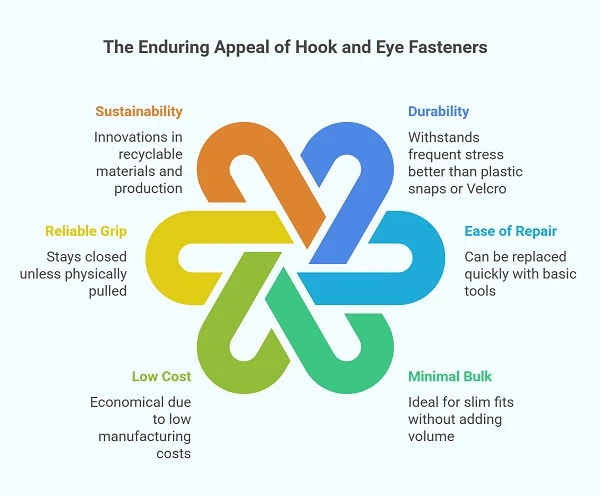
Why do these tiny things still exist in a zipper-dominated world?
Simple — they’re efficient, lightweight, and discreet.
1. Durable
Lasts longer than plastic snaps or Velcro under frequent stress.
2. Easy to Repair
You can replace one in under five minutes with a needle and thread.
3. Minimal Bulk
Ideal for slim fits where zippers might add volume.
4. Low Cost
Costs less than 0.10 USD per pair in bulk manufacturing.
5. Reliable Grip
Doesn’t slip open unless physically pulled — perfect for tailored outfits.
Sustainability and Future Innovations
In the age of sustainable fashion, recyclable metal fasteners are gaining traction.
Manufacturers are now experimenting with:
- Biodegradable coatings on metal hooks.
- Recycled brass and aluminum for eco-friendly production.
- 3D-printed fasteners that mimic the traditional hook-eye function but use less material.
In 2025, sustainability reports show a 15% rise in recyclable garment accessories, with hook and eye fasteners among the leading examples.
Maintenance Tips for Hook and Eye Fasteners
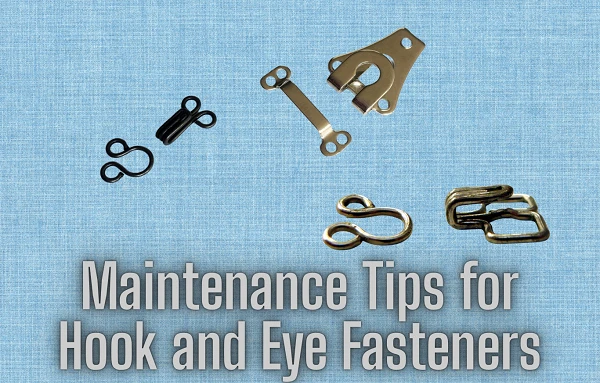
Keep them functioning like new:
- Clean gently with a soft cloth — avoid harsh chemicals.
- Check alignment after every wash to prevent bending.
- Replace rusted ones immediately to avoid fabric damage.
Conclusion
Tiny, discreet, and dependable — the hook and eye fastener might just be fashion’s unsung hero. From corsets of the 1600s to high-tech sportswear in 2025, it has proven its worth through centuries of style evolution.
FAQs
1. What materials are hook and eye fasteners made from?
They’re mainly made from stainless steel, brass, or coated metal. Some luxury garments use nylon-coated types for a softer finish.
2. Can I replace a broken hook and eye at home?
Yes, easily. It takes less than five minutes with a needle, matching thread, and a steady hand.
3. Are hook and eye fasteners used in men’s clothing?
Definitely. They’re common in trousers, waistcoats, and blazers for discreet closures.
4. How long does a hook and eye fastener last?
With proper care, they can last over 5 years, depending on fabric tension and usage.
5. Are hook and eye fasteners eco-friendly?
Modern versions made from recycled metal or biodegradable coatings are increasingly sustainable choices in fashion production.


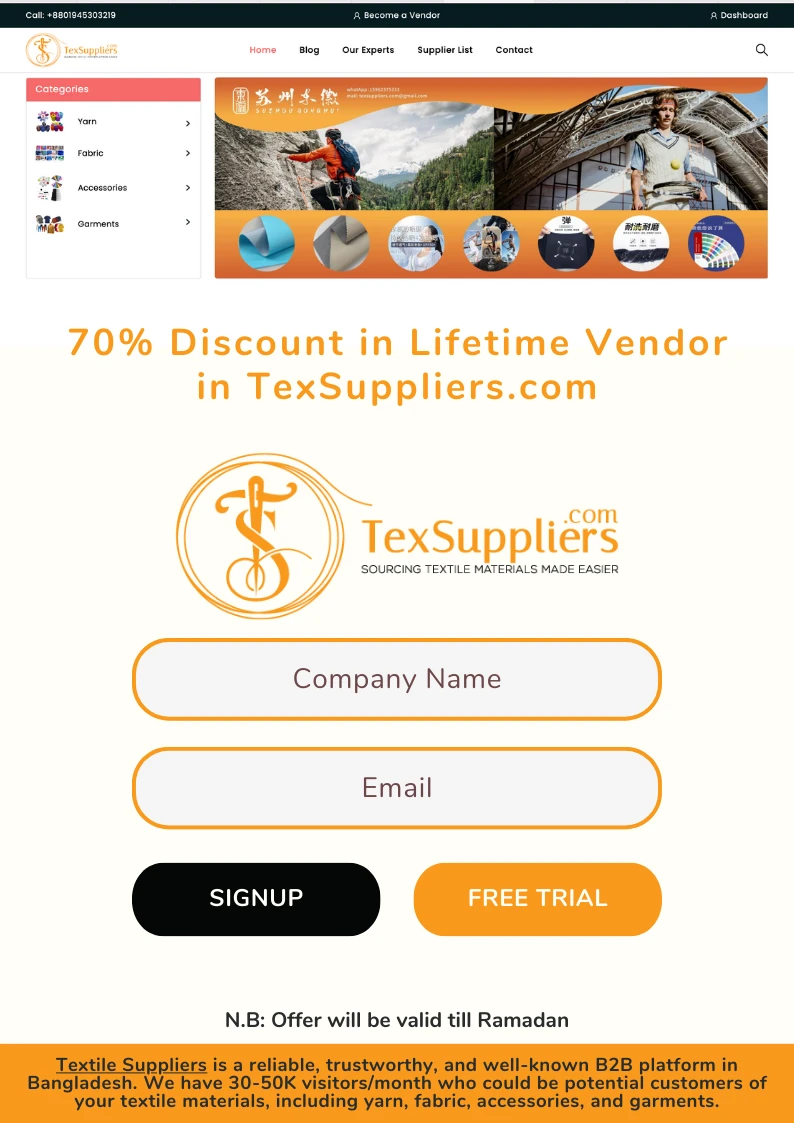
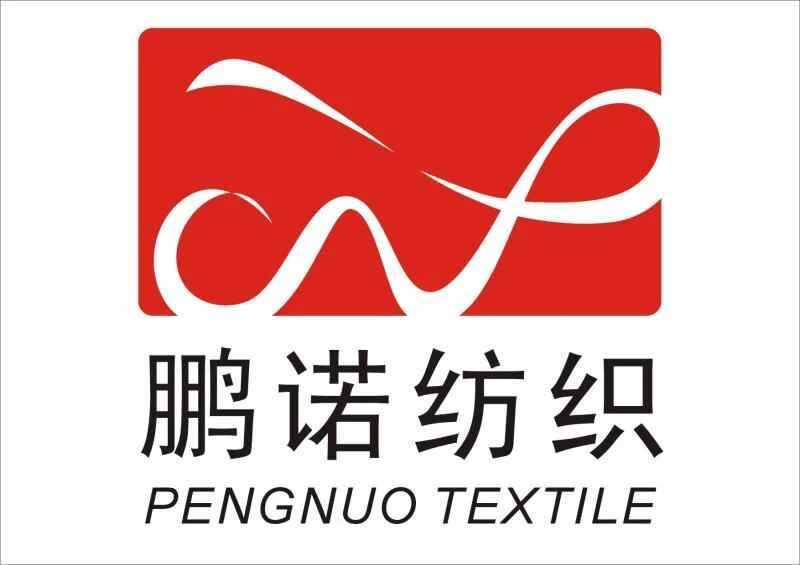

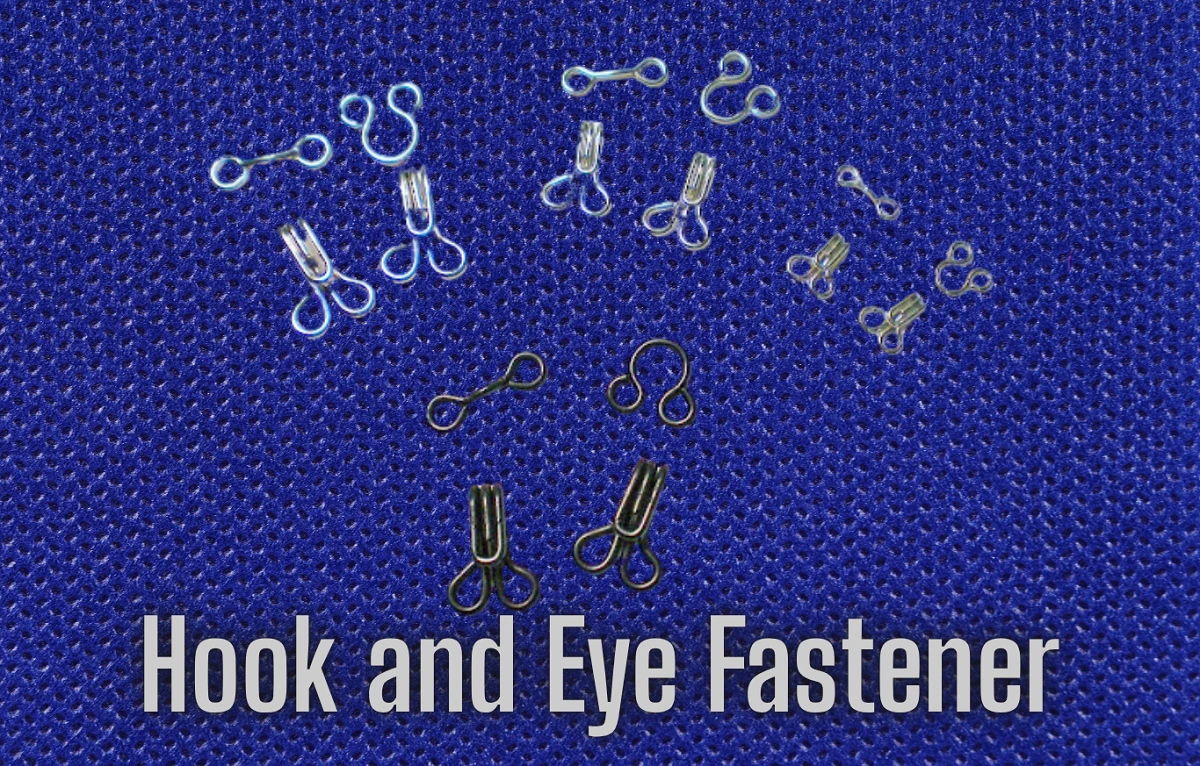
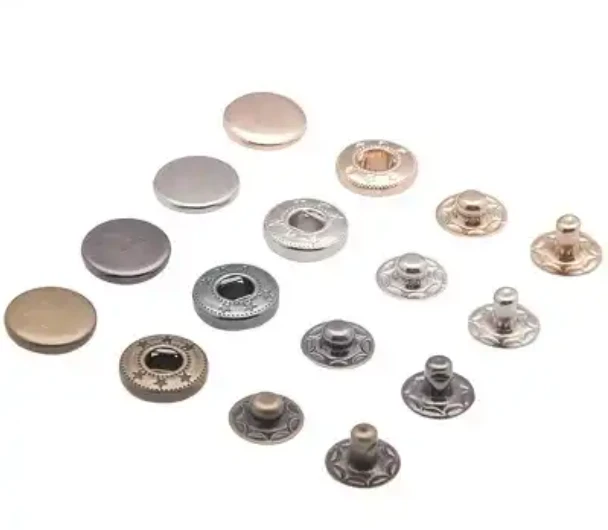
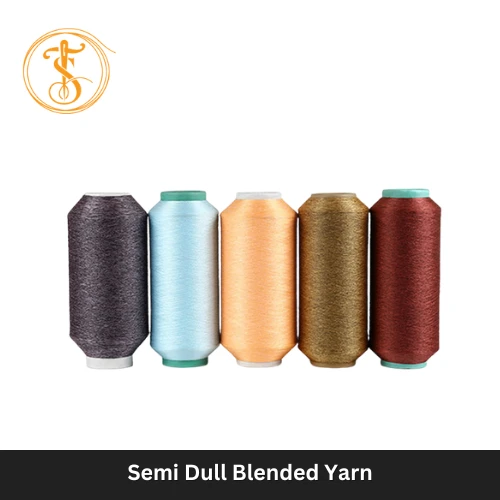
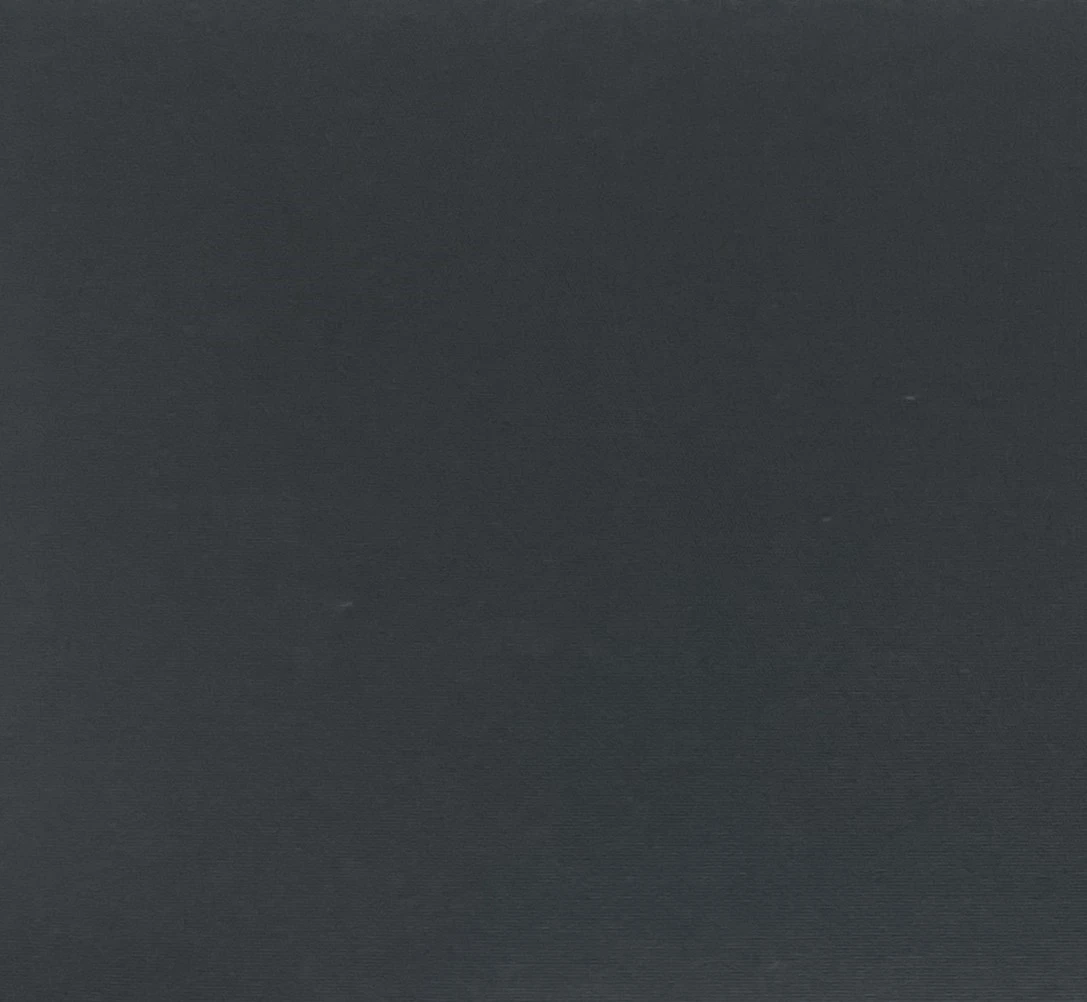
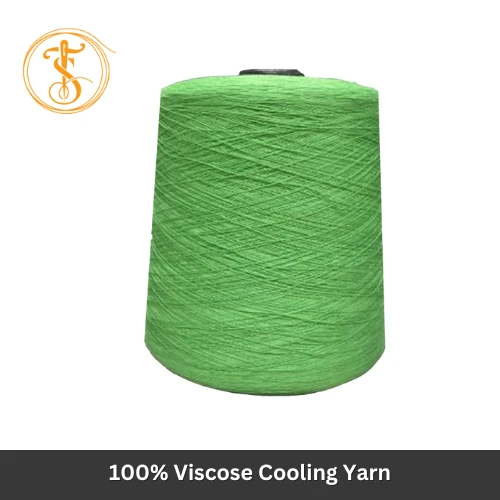
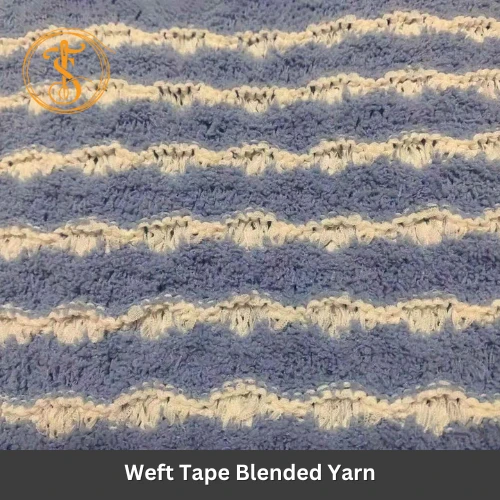
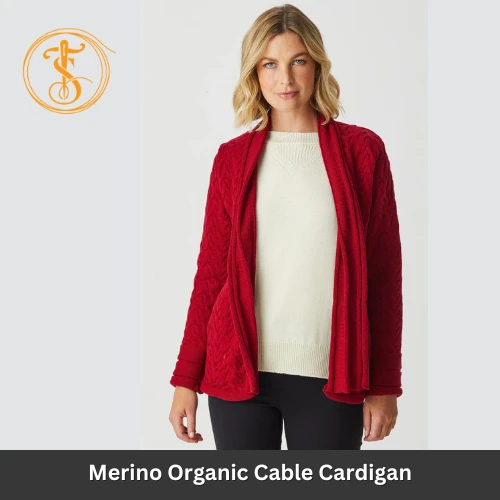
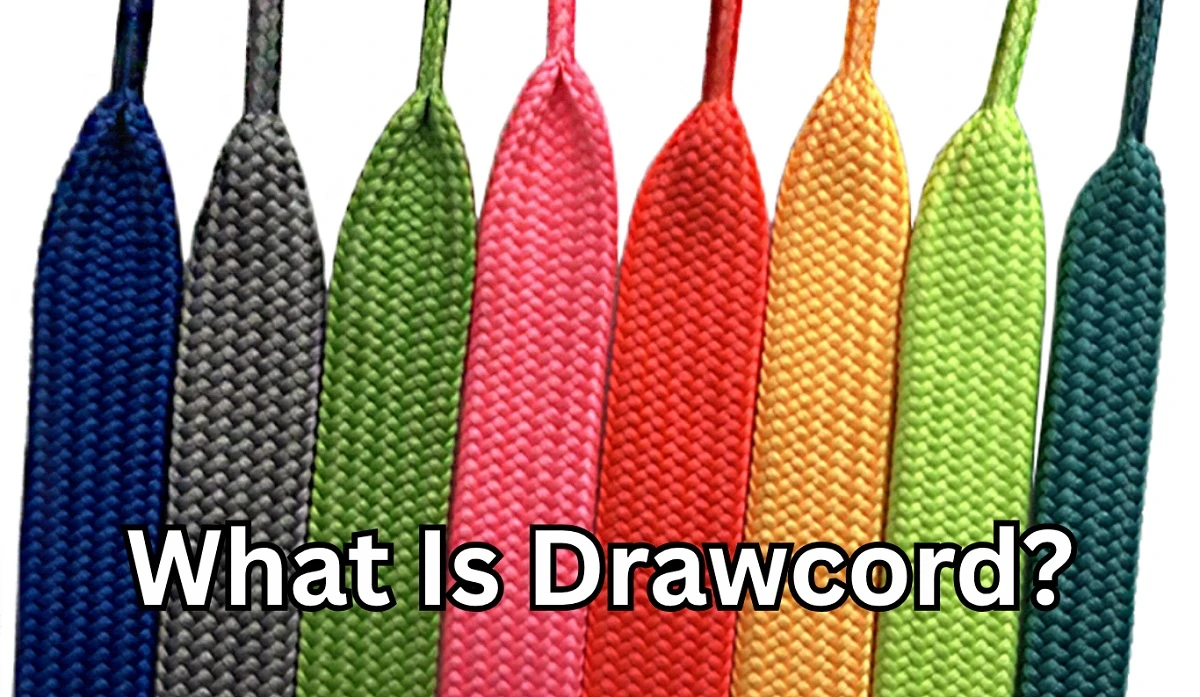
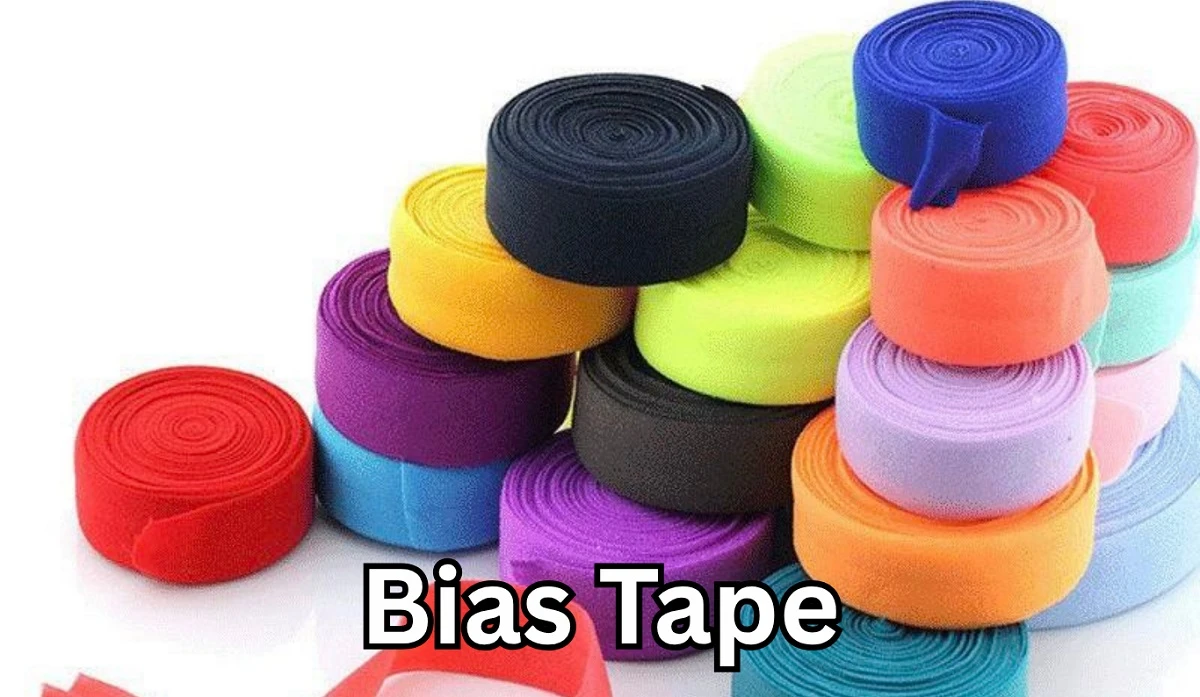
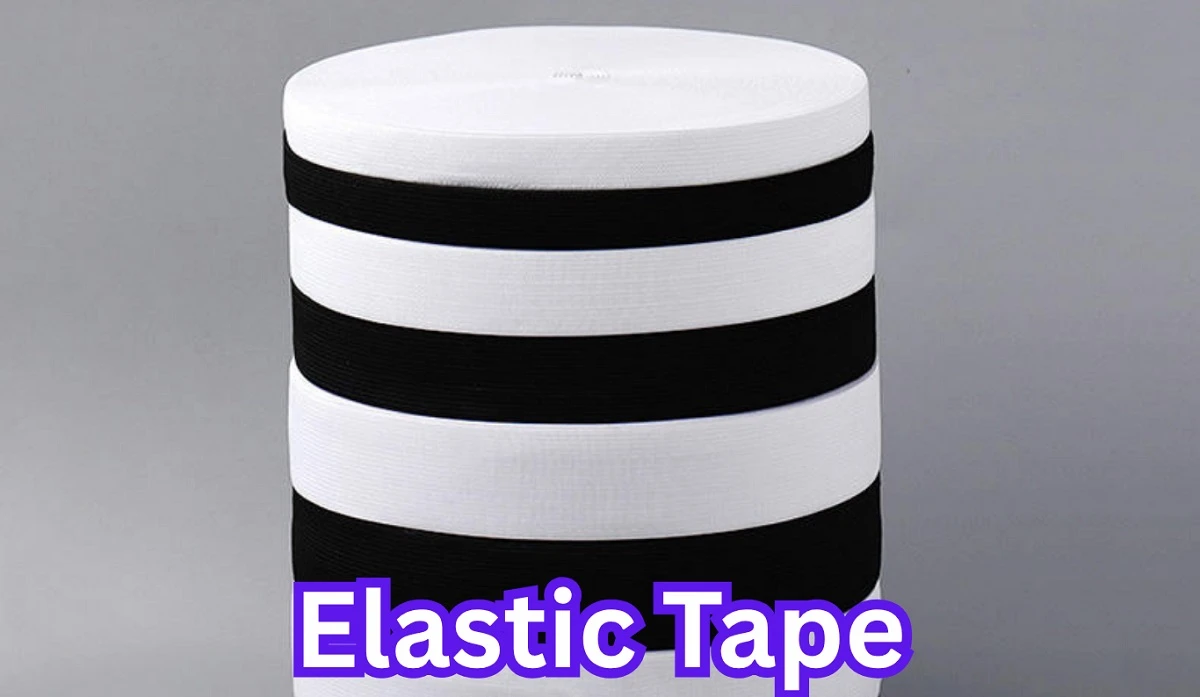
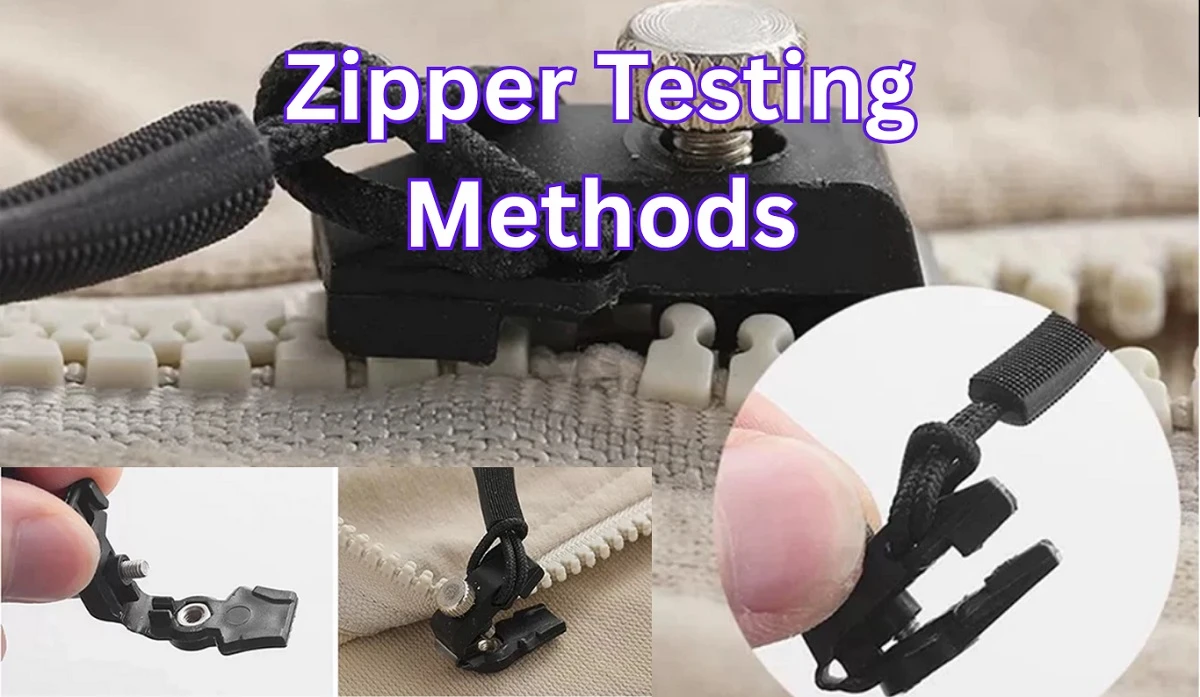
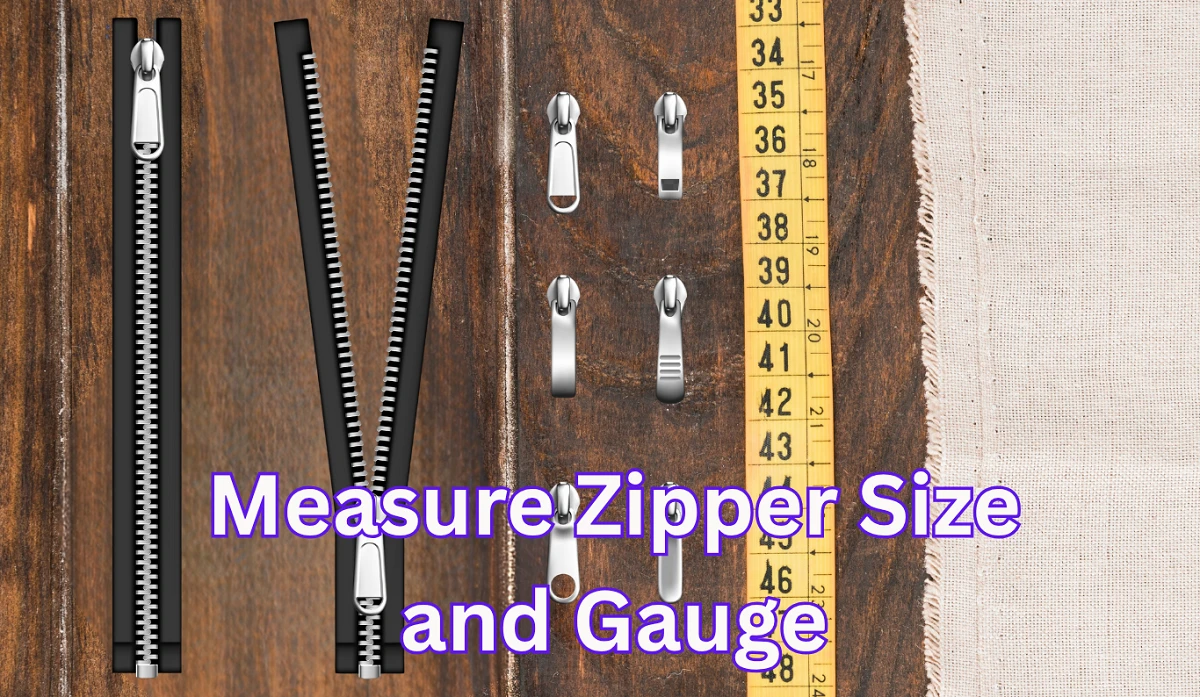
Comments - 00
Leave A Reply
Thanks for choosing to leave a comment.